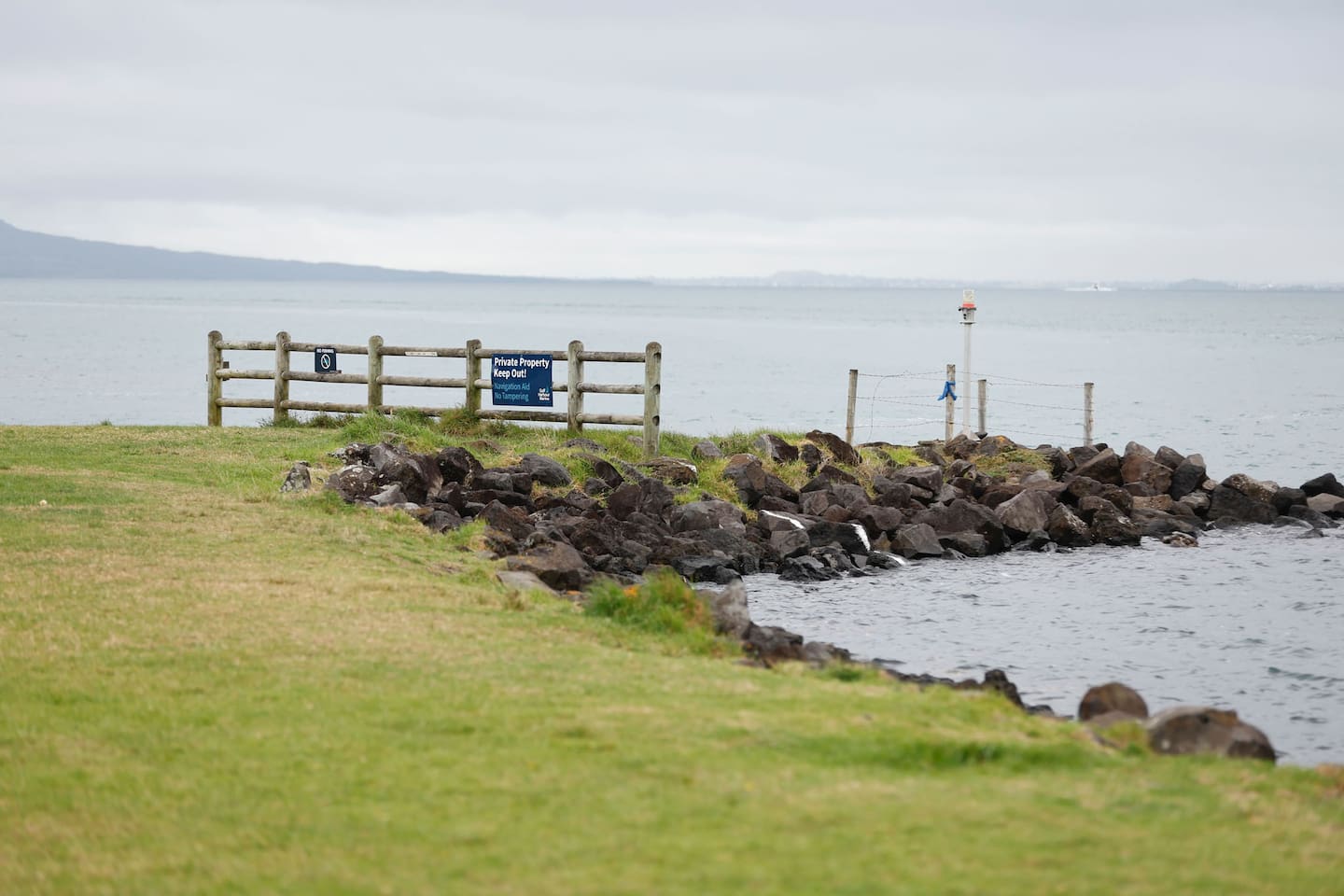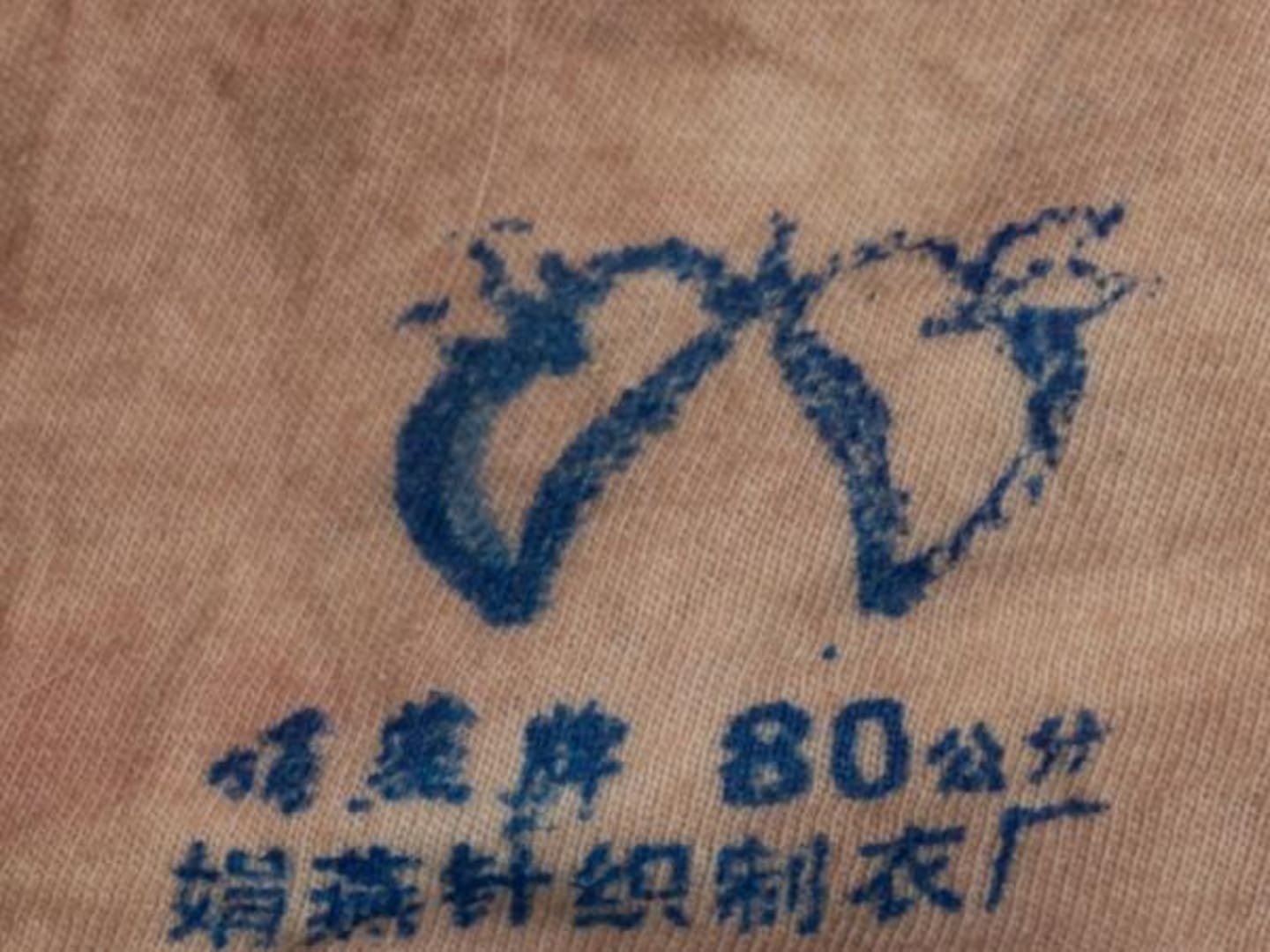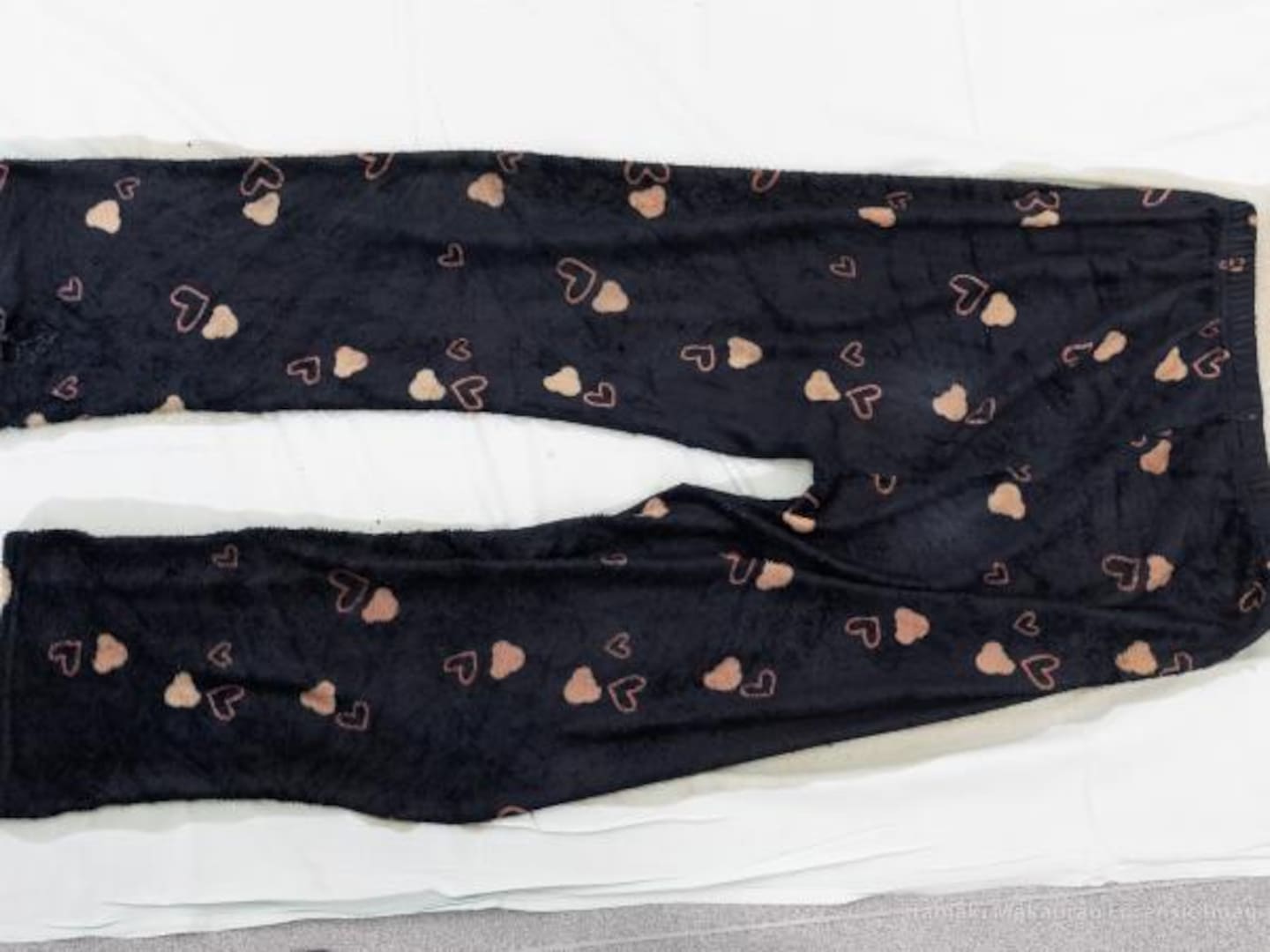One month after a woman’s body was found floating in a bag by a fisherman in Auckland, her remains still lie unclaimed and unidentified in a mortuary. Now, the Herald can reveal police have issued an Interpol ‘black notice’ seeking information from around the world on the grisly discovery as part of their homicide inquiry. Where does the investigation go now? George Block speaks to a CIB veteran and international policing expert to find out.
A month ago today a fisherman angling at Gulf Harbour snagged a large plastic bag floating just offshore.
After ripping through several layers of plastic, he initially thought the bag contained meat before he saw a human hand sticking out and called police, he told media on the shore.
The woman’s remains still lie at the city mortuary in Grafton, in the care of the coroner.
Despite dozens of calls to a dedicated phone line set up by the investigation team, police say the woman is unclaimed and unidentified.
They are treating the case as a homicide.
Acting Detective Inspector Tim Williams, of Waitematā CIB, said police are liaising with overseas counterparts along with Interpol and his investigation team is continuing with extensive inquiries.
Williams did not name the overseas counterparts but thanked everyone who had come forward with information so far.
“The investigation team has been working hard since March 12 to identify the victim and hold those responsible to account,” Williams said.
The Herald can reveal police have completed and issued an Interpol ‘black notice’, a special appeal seeking information on unidentified bodies, to their international partners.
- Body in bag mystery: Person identified as small Asian woman
- Body in bag mystery: Police reveal new details on 'complex' case
- 'A hand sticking out': Fisherman finds body in plastic bag, police seek identity
- Witnesses say they may have seen body in Gulf Harbour water a day earlier
Following an autopsy, Williams said police had established the remains came from a woman who was small and of Asian descent, possibly Chinese.
Police would not say whether the post-mortem results showed signs of foul play suggesting how she died.
Despite her stature, the autopsy results showed she was neither a child nor a teenager and was likely to have been middle-aged.
 Acting Detective Inspector Tim Williams speaks to media at the North Shore Police Station in relation to the Gulf Harbour homicide investigation three days after the woman's body washed up. Photo / Michael Craig
Acting Detective Inspector Tim Williams speaks to media at the North Shore Police Station in relation to the Gulf Harbour homicide investigation three days after the woman's body washed up. Photo / Michael Craig
Investigators have not given the woman a name and are understood to be referring to her as simply “the victim”.
She was found wearing blue pyjama pants with a distinct love heart pattern and a singlet branded with a logo in Chinese lettering. Google translate image detection software said the lettering reads “80cm Juanyan Knitted Garment Factory”.
A couple of weeks after the autopsy, police announced they had obtained a DNA profile of the victim.
But the profile did not match anyone in police records.
Williams said his team had been in touch with Canterbury detectives and had ruled out the victim being missing Christchurch real estate agent Yanfei Bao.
Police declined an interview request this week, instead responding to written questions from the Herald over the past several days.
Neil Hallett is a director of Helix Private Investigation Services and spent 35 years in the New Zealand police before he retired at the rank of Detective Inspector.
His final role was senior police liaison officer in Washington DC. Before that, he spent many years in the CIB, worked homicide inquiries and is familiar with how the Gulf Harbour investigation could play out.
“It would be fascinating,” he said.
“I’d love to work on it.”
 The grassy shore in Gulf Harbour where the angler hooked the plastic bags containing the woman's remains. Photo / Michael Craig
The grassy shore in Gulf Harbour where the angler hooked the plastic bags containing the woman's remains. Photo / Michael Craig
The first priority would be to glean as much information from the remains as possible, Hallett said.
When victims are taped up there can sometimes still be DNA or fingerprints remaining on the tape or other clothing or objects found with the body.
Police would call in a forensic dentist, whose analysis including X-rays can help reveal the age and gender of the victim.
Once the Chinese clothing label and other evidence the woman was of East Asian extraction emerged, the Auckland detectives would likely call a NZ police liaison officer in Beijing, Hallett said.
The police have operated a liaison office in the Chinese capital since 2006.
It is staffed by senior CIB personnel and was established amid the rise of Asian connections in Kiwi organised crime, particularly in the meth trade.
Hallett said liaison staff would be instrumental in facilitating the exchange of dental records, DNA samples and fingerprints with the Ministry of Public Security, which oversees policing in the People’s Republic.
“A liaison officer that’s worth his salt will have really good contacts,” he said.
 Police investigating the murder of an Asian woman whose body was found at Gulf Harbour released this photo of branding on a singlet found on the body. Photo / NZ Police
Police investigating the murder of an Asian woman whose body was found at Gulf Harbour released this photo of branding on a singlet found on the body. Photo / NZ Police
Along with issuing the Interpol black notice, police told the Herald they “are engaging with a number of NZ Police liaison officers in regards to this matter”, though they would not specify which country or countries are involved.
In addition to the Beijing liaison staff, police have officers stationed at New Zealand’s overseas missions in Bangkok, Sydney, Canberra, Washington, London, Jakarta and Apia.
Returning to Auckland, Hallett said it would be crucial for investigators to ensure no stone is left unturned after the autopsy.
“If they’ve been trained right, they would be firing every question they could think of under the sun at the pathologist,” he said.
The detectives might ask about her fingernails.
Were they long and painted, indicating wealth, or short and worn down suggesting a life of manual labour?
How was she groomed, and was she malnourished, or well-fed?
Hallett said if he was officer-in-charge he would “whiteboard” the case early in the inquiry, setting out what was known and bouncing around ideas.
The fact she was wearing pyjamas suggested to Hallett her killing could be a domestic violence case. Once she was identified, he said he’d be looking closely at any partner or ex-partner.
 Police also released a photo of the pyjama pants she was found wearing, bearing a distinctive pattern. Photo / NZ Police
Police also released a photo of the pyjama pants she was found wearing, bearing a distinctive pattern. Photo / NZ Police
There has been speculation the woman may have been disposed of from a passing vessel, such as a cruise ship or fishing boat.
It has also been suggested she could have arrived in New Zealand undocumented.
Hallett said this meant it would be crucial to make contact with the Chinese community in Auckland, making use of ethnic liaison officers who speak the language.
Overseas experts who could analyse and reconstruct her remains, such as forensic anthropologists, could prove crucial to the inquiry, Hallett said.
The FBI could also be a good point of call given the amount of John and Jane Does who turn up each year in the US, he said.
While the Gulf Harbour case is unusual, it is not the first time human remains discovered in Auckland have remained unidentified for an extended period.
In February 2008, pig hunters found a badly decomposed body in the Waitakere Ranges.
His remains spent more than a year in the same mortuary as the Gulf Harbour victim before they were identified as former Mt Roskill man Lino Leger, who went missing in 1987.
Police do not believe his disappearance and death were suspicious.
When the remains were identified in October 2009, Detective Sergeant Roger Small said the identification was the result of a facial reconstruction by Auckland cardiologist Dr Jonathan Christiansen, extensive media attention, the work of a forensic dentist and pathologist, DNA evidence and a “process of elimination and patience”.
- Police have set up a dedicated line where people can speak directly to the investigation team via 0800 755 021.
- Information can also be provided via the 105 phone service or online at https://www.police.govt.nz/use-105, using Update My Report, referencing file number 240312/9837.
- Tips can be supplied anonymously via Crime Stoppers on 0800 555 111.
George Block is an Auckland-based reporter with a focus on police, the courts, prisons and defence. He joined the Herald in 2022 and has previously worked at Stuff in Auckland and the Otago Daily Times in Dunedin.
This article was originally published on the NZ Herald here.
Take your Radio, Podcasts and Music with you









